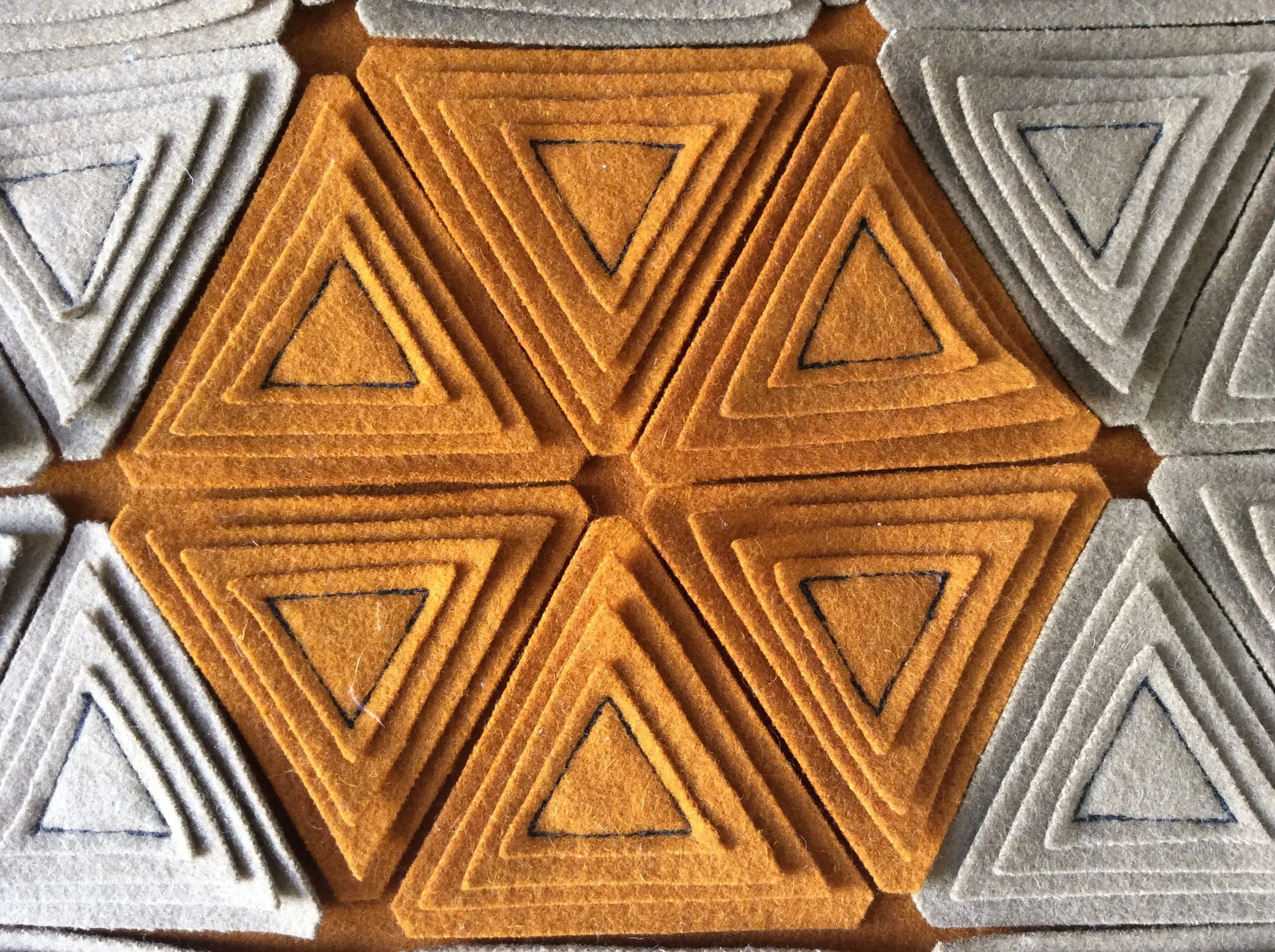Warming up with Wool
October is always a time of change. Leaves transforming through every warm shade until finally turning brown and untethering from their source signal the beginning of colder times and shorter days. As we dig out winter layers and dust off waterproofs we might take a moment to give thanks to a material that has protected us from the elements and kept us warm and dry since the Stone Age - wool.
The rather timely Campaign for Wool, an international program of events initiated by His Royal Highness The Prince of Wales, has been doing just that this month. The campaign looks to draw attention to the materials many positives attributes and diverse range of uses, which includes not only knitwear but also hardwearing interior products and fire resistant housing insulation.
Being a protein fibre grown through the skin of sheep means wool is a completely natural and wholly sustainable material. What’s more, being a natural fibre means that not only can it be returned to the soil at the end of it’s practical use, but it will also release nutrients into the ground as it biodegrades.
What’s more, wool is a hygroscopic fibre, which means it naturally draws in moisture. As humidity levels fluctuate wool fibres absorb and release vapour, which generates and captures heat in the process, making it a natural insulator. The same natural technology also makes wool fibres breathable when tightly packed together. Add to this natural elasticity, durability and both stain and odour resistance and it’s easy to see why wool is such a common place material serving multiple functions around the home.
Here in the UK, A.W. Hainsworth has been producing premium quality cloth at its Yorkshire mill since 1783. Having been established during England’s textile manufacturing boom, it is one of the few remaining mills and certainly one of the last vertical mills still producing fabric in the country. Whilst much of the wool they use comes from Australia and New Zealand, the selection of all material is carefully done in house, as is the spinning of the yarn, weaving of the cloth on the loom and special A.W. Hainsworth finishing processes.
Over 200 years of manufacturing experience makes consistent quality a hallmark of A.W. Hainsworth cloth. Couple this with the properties wool affords it and it is easy to see why their fabrics have adorned interiors around the world, including the House of Lords and many a palace as well as providing the vivid red of the Royal Guard uniform.
Wool carries a similar significance over in Portugal, where a rich supply chain, traditional manufacturing methods, and many years of craft with the material as a fabric have established it as one of the countries principal manufacturing industries. Burel create 100% wool fabrics made from fibres sourced from the Bordaleira Sheep who inhabit the Serra da Estrela mountain region of central Portugal. Noticing their flock’s apparent obliviousness to the cold winds, rain and snow that befell them, their highland owners began to make garments from the wool. Centuries later and the same wool is still used as a protective layer as well as an interior surface with stitched designs inspired by iconic forms traditionally found in the region. Luxurious sculptural surface relief is created with authentic references including traditional dresses, roof tiles and hanging chorizo sausages.
Another Dutch brand that have recognised the merits of wool is Buxkin. Using dyed wool felt as well as recycled leather salvaged from the shoe making industry they create ribbed surface coverings. Each surface finish can be applied to a felt, leather or paper backing and whilst this makes all variations highly sustainable, the wool surface offers another positive attribute – improved acoustics. The soft nature of wool means that it absorbs sound waves, something the undulating three-dimensional outer layer further enhances.
This article was first published by Design Insider Live in October 2018





